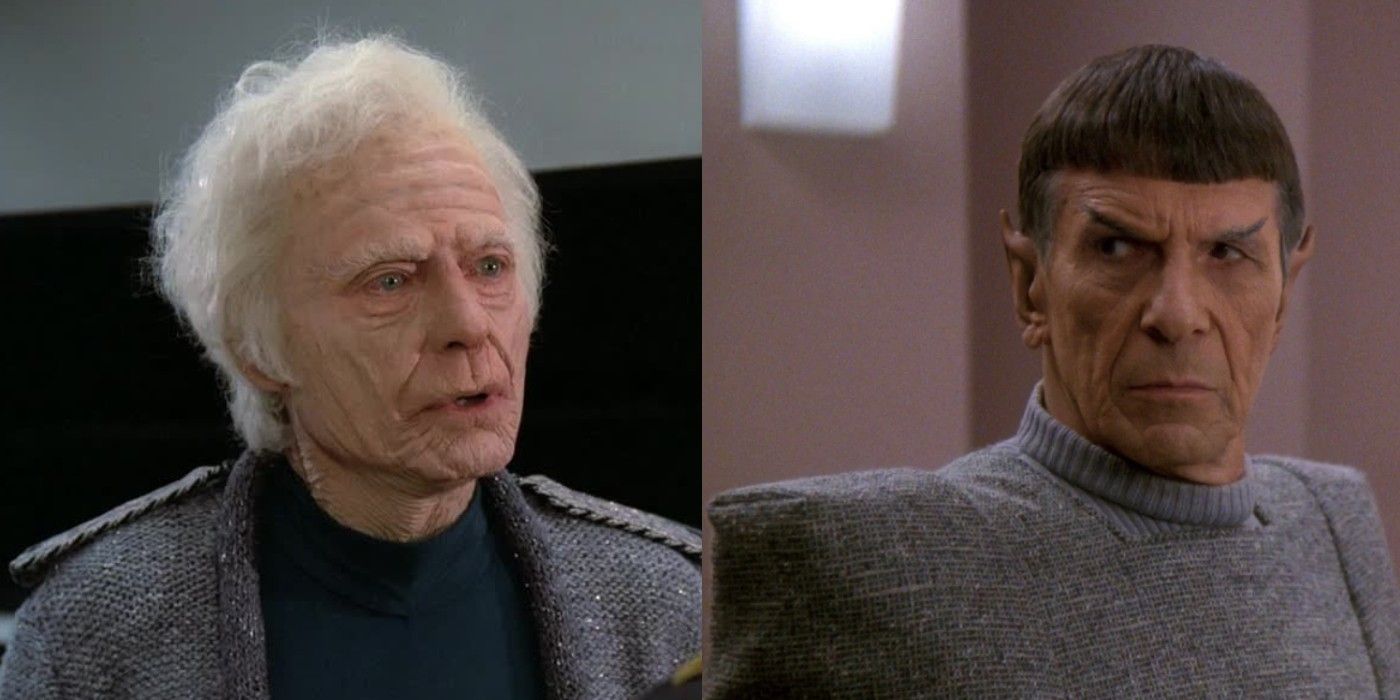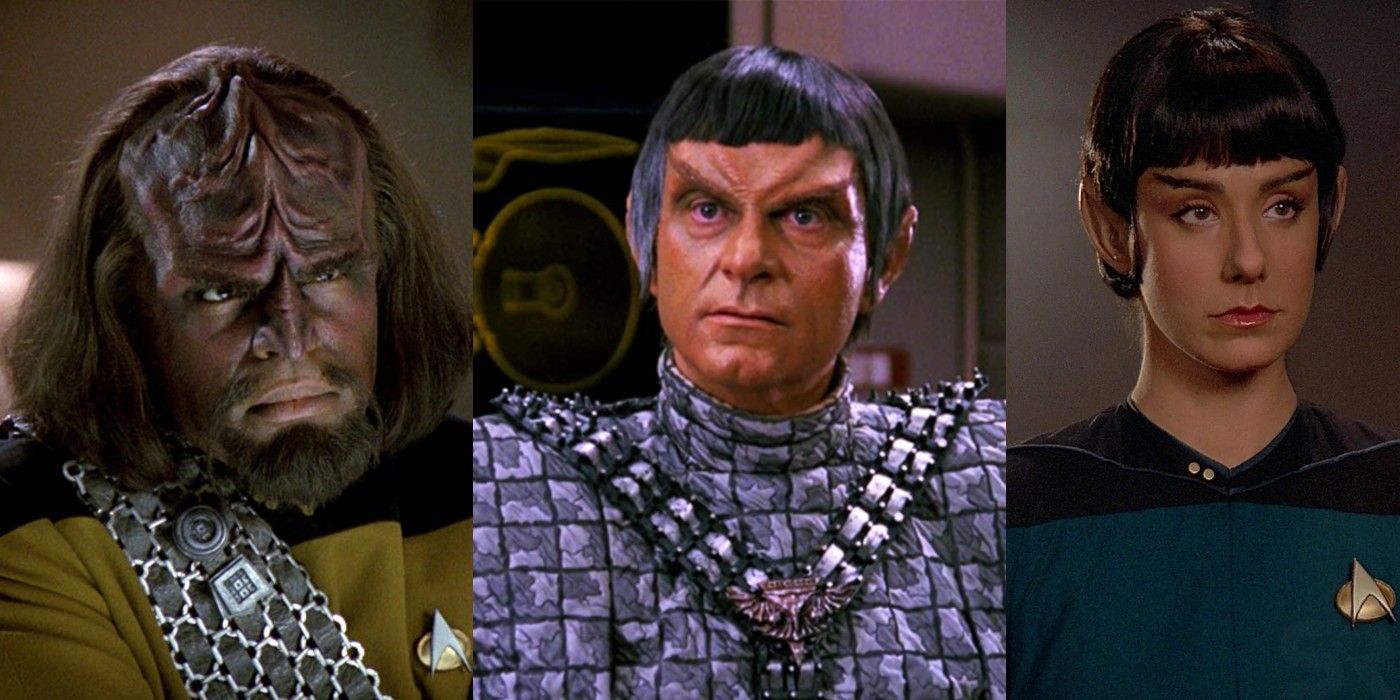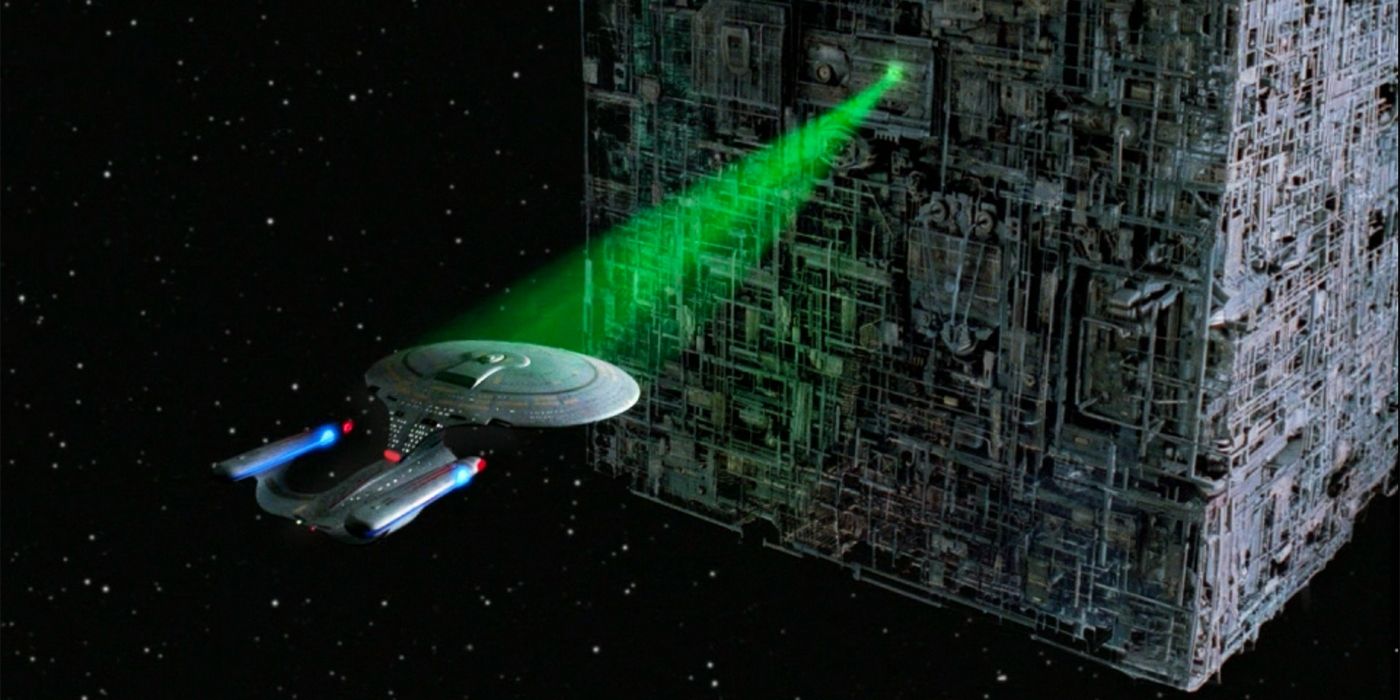Star Trek creator Gene Roddenberry had specific ideas of what storylines he didn’t think would work on The Next Generation, but the series ultimately went in a different direction on a few key points. Roddenberry is regarded as the father of the franchise, and The Next Generation was one of the last Star Trek projects he had creative control of before his death in 1991. That control is keenly felt through his writing in the series “bible” about how he wanted the show to look.
Roddenberry wrote the bible for Star Trek: The Next Generation himself, and one of the more interesting sections he included was a discussion of story ideas he felt would not work. The section outlines 13 story premises that Roddenberry wanted writers to stay away from, such as too much melodrama or verging too far into fantasy instead of science fiction. Some more specific Star Trek premises included avoiding stories that broke the Prime Directive or stories that portrayed the main crew in a more militaristic role.
While Star Trek: The Next Generation did manage to avoid most of the ideas Roddenberry didn’t want, there are a few points that stick out because they did end up being included – in some cases, rather heavily. The reason for this change in Roddenberry’s vision is unclear, and while it might be tempting to blame it on creative control being passed on after Roddenberry’s death, many of these story ideas were included while he was still alive. Whether or not Roddenberry was outvoted on them, or simply changed his mind about whether they worked, The Next Generation changed his original story plans in three important ways.
Inclusion Of TOS Characters

One of Star Trek: The Next Generation’s most notable departures from Roddenberry’s original vision was the inclusion of characters from Star Trek: The Original Series. In the bible, Roddenberry seems quite firm about his views that the TOS characters and even their descendants should not make any sort of cameo appearances. He states that while he is aware of how much fans love The Original Series characters, he is committed to The Next Generation living up to its name by following the franchise’s new heroes. This is actually something of a theme throughout Roddenberry’s writing in the bible; he’s averse to getting bogged down in Star Trek’s past and committed to making The Next Generation a new and exciting take on the franchise.
Any fan will know, however, that The Next Generation was less than successful at following this principle. In fact, the show ended up featuring appearances by a total of three iconic TOS characters: Doctor Leonard “Bones” McCoy, Spock, and Engineer Montgomery Scott. Doctor McCoy was featured in the pilot episode, “Encounter at Farpoint”, and Spock, now a Federation Ambassador, made an appearance in the episodes “Unification, parts I and II”, where Captain Picard helped him attempt to bring about the reunification of the Vulcan and Romulan races. Scotty joined TNG for the episode “Relics” which told the story of him being rescued by the crew of the Enterprise-D after 75 years in the transporter pattern buffer of a derelict ship.
While Bones, Spock, and Scotty are the only three TOS characters to briefly appear on the show, their inclusion goes against Roddenberry’s seemingly iron-clad insistence that The Next Generation should focus entirely on its new cast of characters. As previously stated, it is unclear what happened to make Roddenberry change his mind, but in this case, the change ultimately helped the show. Bones’ appearance in the pilot served as a passing of the torch, and “Unification” and “Relics” are some of the more beloved Star Trek: The Next Generation episodes mainly because of their inclusion of Spock and Scotty.
Stories About Klingons, Romulans, and Vulcans

Another thing Roddenberry seemed initially intent to avoid was stories about already established Star Trek aliens, namely the Klingons, Romulans, and Vulcans. Roddenberry’s request in the bible was specifically to avoid stories about warfare with both the Klingons and the Romulans, and a complete moratorium on stories about Vulcans. These requests make a certain amount of sense since The Original Series and subsequent movies did explore a lot of plotlines having to do with all three species, and Roddenberry makes it clear his desire to move away from some of the more militaristic undertones that were present in TOS.
Star Trek: The Next Generation did adhere to aspects of Roddenberry’s vision, mostly by doing away with the idea the Federation and Klingon Empire were still at war with each other. The character of Worf was the first Klingon Starfleet officer, and the Federation maintained an occasionally rocky but mostly solid alliance with the Klingons throughout TNG’s run. The show also did avoid Vulcan storylines for the most part, but plotlines about Klingons and Romulans were commonplace and made up a large part of The Next Generation’s storytelling. The Federation was involved with something of a cold war with the Romulan Empire during much of TNG’s run, and there were many episodes exploring this especially in later seasons. Additionally, the inclusion of Worf in the main cast opened up an extensive exploration of Klingon culture and politics, which is among many things The Next Generation is best known for by Star Trek fans.
Stories That Portray Technology As Bad Or Dangerous

The final off-limits premise that Star Trek: The Next Generation blatantly ignored was Roddenberry’s request not to do any storylines in which technology was portrayed as the villain. Roddenberry doesn’t offer a lot of guidance on how to avoid this in the bible, although he does say that it doesn’t make sense for people who rely so heavily on technology in their every day lives to be “Luddites”. It is undoubtedly true that no one in the main cast was portrayed as a Luddite during the show’s run; the whole crew regularly embraced new technology with open arms.
However, there is perhaps no better example than the Borg of technology being portrayed as villainous. The Borg are cyborgs – half organic and half machine – but their technological advancements are far superior to that of the Federation and are also what make them some of Star Trek’s scariest villains. Since their introduction in The Next Generation, and Borg have served as a formidable foe for Starfleet, and while individual Borg characters such as Hugh or Seven of Nine have found redemption by being separated from the Collective, the Borg as a whole continue to be synonymous with evil. This is the antithesis of Roddenberry’s idea that technology should always be portrayed as something good.
While it could be argued these departures from Roddenberry’s original vision for The Next Generation ended up hurting the show, it’s just as easy to argue that they helped it. The brief cameos of two iconic TOS characters are remembered fondly by fans, the further world-building surrounding the Klingons and Romulans paved the way for fascinating storylines that extended into other parts of the franchise, and Star Trek wouldn’t be the same without the Borg, for better or worse. Whatever anyone’s opinion on the changes, it’s interesting to consider how Star Trek: The Next Generation could have been a very different series if Gene Roddenberry and the creative team had not changed their minds about the ideas they thought would never work on the show.




